STEM robotics projects offer a way for student teams to learn the many aspects of wireless product development, from programming to prototyping to the fundamentals of RF and cellular connectivity that support wireless communications in the Internet of Things. In this blog post, we provide an overview of Digi's Earth Rover, a design and build initiative developed by Digi's engineering team as an example of a great project for student robotics projects.
The Earth Rover is a STEM educational robot that demonstrates the power of cellular IoT for remote devices. It is remotely controlled like a Mars Rover but operates here on Earth. The Earth Rover communicates using SMS text messages that make it easy for anyone to interact with it. No apps or logins are required.
Earth Rover features the
Digi XBee 3 Cellular LTE-M/NB-IoT global module to communicate, and takes advantage of that module's on-board GNSS/GPS to determine its location. The Rover accepts text message commands from multiple concurrent users, who can tell it drive in different directions, report environmental sensor data. play sounds, and send a map with its position marked. The Digi XBee 3 Cellular module can connect to robots anywhere in the world through 4G LTE-M cellular networks.
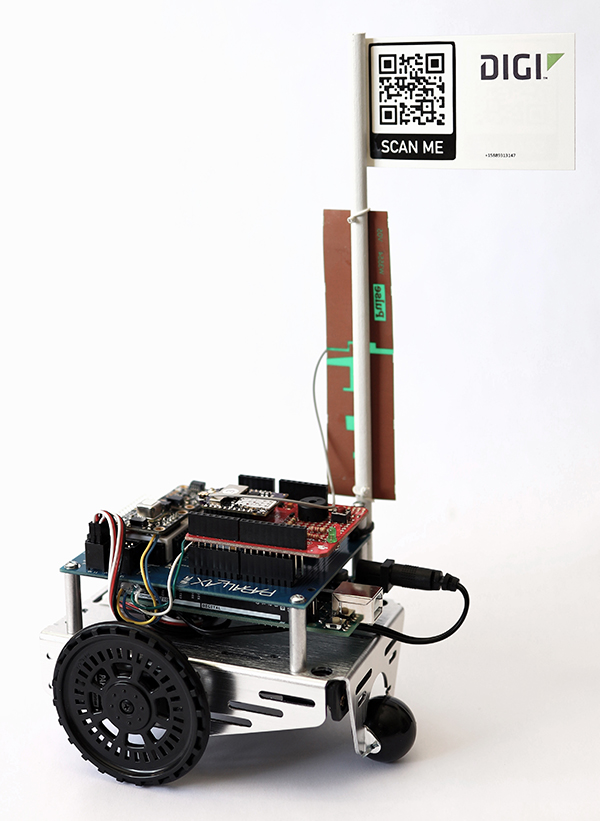
The Earth Rovers — there are currently four identical devices — made their debut at the Consumer Electronics Show (CES) in Las Vegas in January of 2022.
Their purpose is to demonstrate the core value of the Digi XBee 3 Global IoT module including complete remote asset management, complex operations within a narrow power and bandwidth budget, operation in hard-to-access places and the value of built-in location awareness (GNSS).
Our trade show Earth Rover demo enables attendees to control the robot through their smartphone. Simple text commands move the robot, and sensors on the robot provide data for remote monitoring. The Digi XBee module provides location information through GPS satellites, and sensors send back temperature and other environmental conditions, all in real-time.
How Earth Rover Can Inspire STEM Robotics Teams

The Earth Rover is a great example of a STEM robotics project as it allows university and high school students to learn about remote exploration and build their skills in cellular IoT, so they are ready to design the next generations of connected devices.
As an example curriculum, student robotics teams could be assigned to build a similar robot and join in a competition, where the goal is for each Earth Rover to survive independently for the longest time and/or travel the longest distance without any hands-on interactions.

Once an Earth Rover has "landed" at a location, it would operate independently with only limited remote communications. Students can learn hands-on from their own successes and failures as they build the skills needed to create the next generation of connected device solutions.
Interplanetary rovers are a terrific model for remotely located cellular IoT devices. Both need to do a lot with limited power, and must contend with constrained communications bandwidth, plus potentially intermittent connections. Both involve remote sensing in fairly challenging environments, and both must be controlled entirely via radio commands.
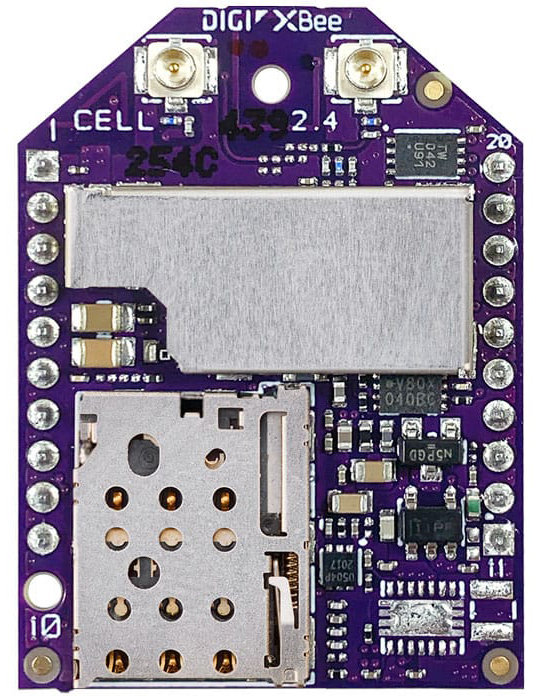
Digi XBee Cellular module is at the heart of this system. It speaks TCP/IP, UDP, SMS and Bluetooth BLE. It offers GNSS/GPS location services and edge programmability in MicroPython.
There's also a complete remote management and monitoring system,
Digi Remote Manager® for configuration, device health check and over-the-air firmware and software updates — a critical cloud-based platform for any organization that is building and deploying wireless robotics or other connected products at scale.
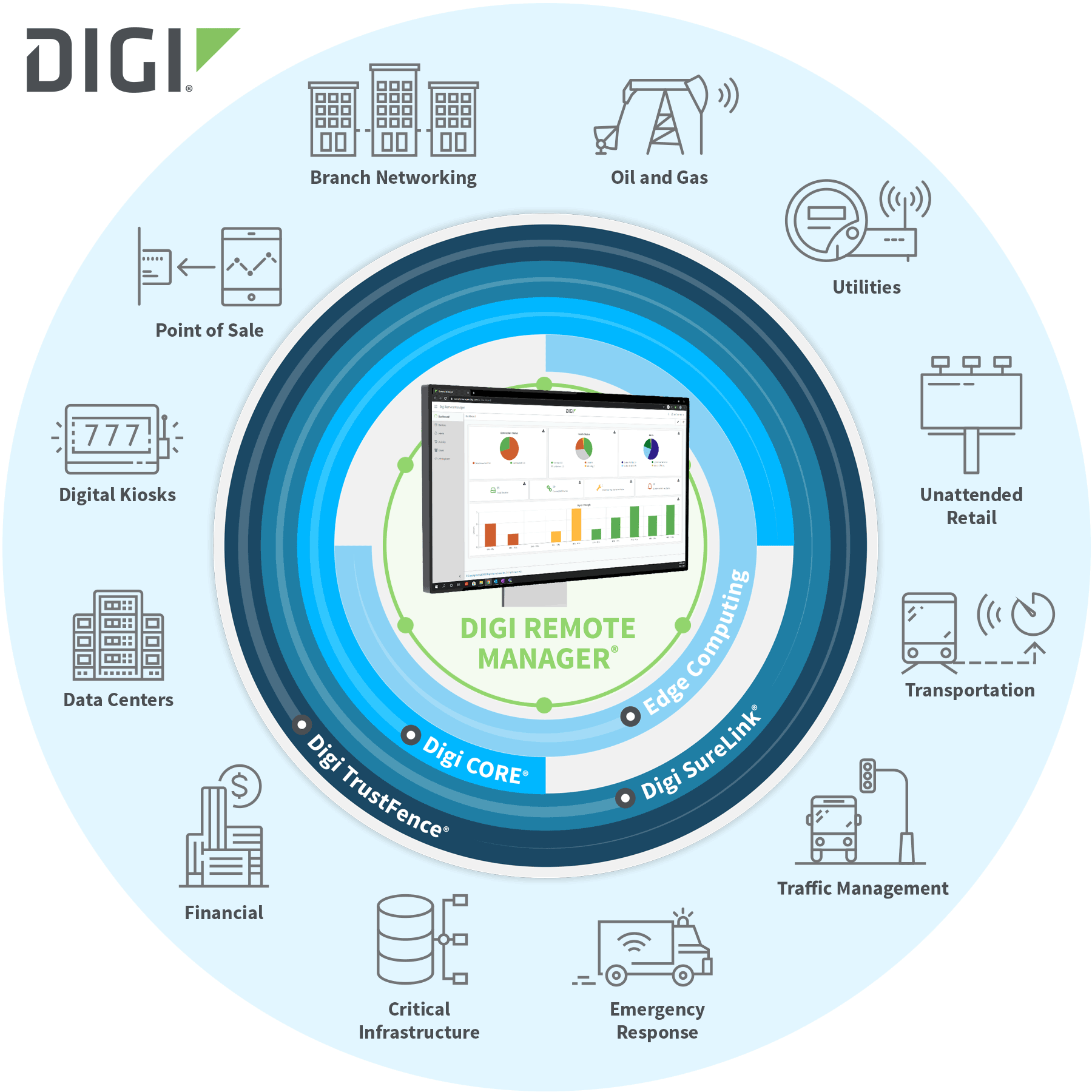
Relating STEM Robotics to Space Exploration
Once a wireless machine goes to Mars, the electronic leash is all we have. If a Mars rover gets stuck, suffers a software problem, loses a sensor, or needs new instructions, the response is always a radio command. Nobody will come with a wrench or an oil can. No component will ever be replaced and nothing will ever be cleaned.
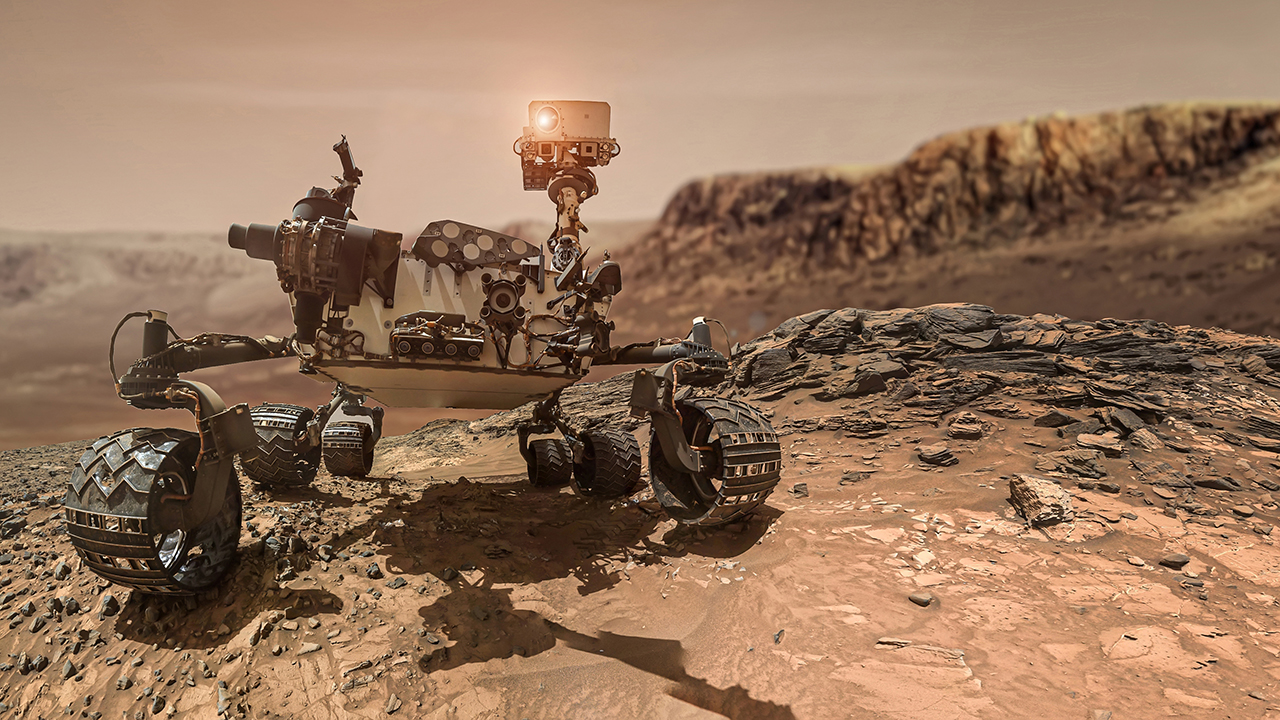
It's fundamentally the same for cellular IoT devices. Many are installed in highly inaccessible places, like inside a private home where the vendor does not have access. In other cases, access is technically possible but economically impractical, due to the size or distribution of the device network. The cost to visit 100,000 locations and press 100,000 reset buttons, not to mention the time involved, means these devices
might as well be on Mars. So just like on the Red Planet, radio communications provide our only connection. The electronic IoT leash is all we have.
Operating the Earth Rover
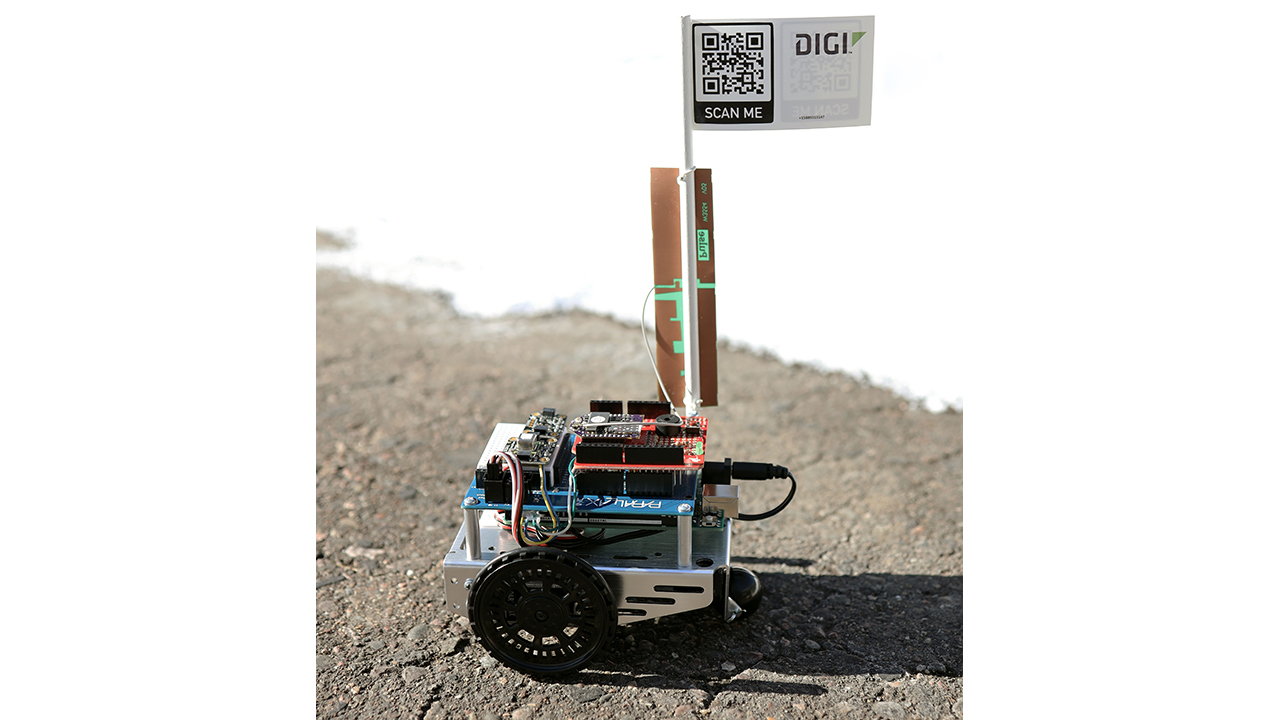
Here's a quick walkthrough of the Digi Earth Rover demo. To begin, users scan a QR code on the Rover's flag, creating a text message addressed to the phone number of the Digi XBee Cellular module. Sending this first command drives the robot forwards for a couple seconds. The robot then replies with confirmation and a help message showing other useful operational commands.
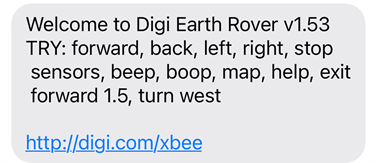
Sending it "left" or "right" triggers 90 degree turns. Sending "back" makes it back up, while beeping like a truck. In fact, you can also text it to "beep"…or "boop," which makes the robot play different melodies. Adding a number after the command customizes the execution time. So "back 10" will put the Rover in reverse for ten seconds.
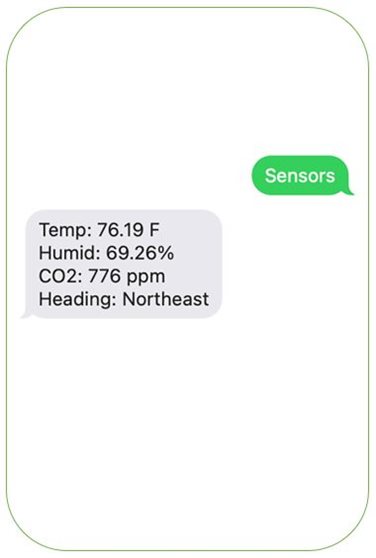
The Earth Rover has various environmental sensors to report its temperature, the humidity, carbon dioxide concentrations, and its current compass heading. The command "sensors" returns a report that looks like this:
The compass can be used for turning towards a specific direction. The command "turn east" will make the robot pivot until it is facing in that cardinal direction, easing the process of absolute navigation.
The Earth Rover uses Digi XBee 3 Cellular's onboard GNSS/GPS to provide its location. The command "map" sent to the Rover returns a special link that displays an interactive map, showing remote users exactly where it is in the world.
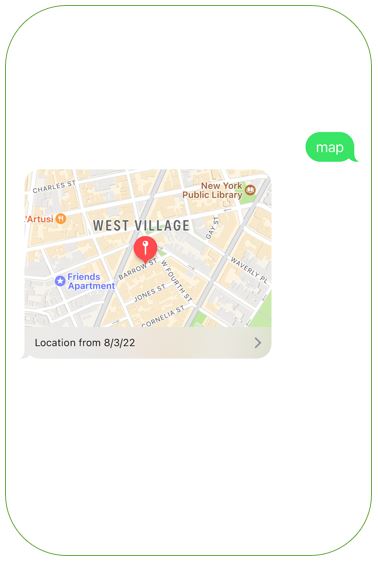
Location services are an especially important component in cellular IoT, because by definition many of the devices using it have mobility, and need to display their current location in real time.
Self-driving lawn mowers can keep track of where they've worked, and shipping trailers can be located regardless of whether they are on the road or awaiting pickup in a shipping yard.
Even stationary device networks can benefit by accurately recording physical node locations automatically at installation, sending additional alerts if they are ever relocated.
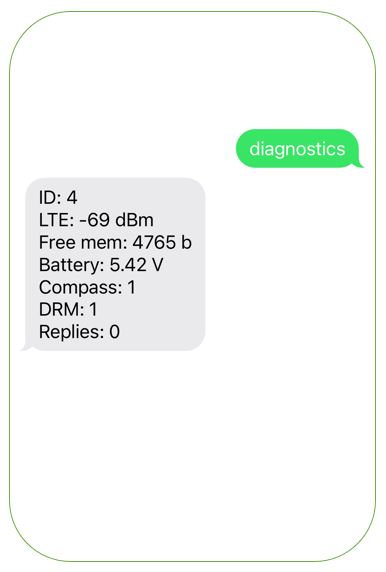
Digi's Earth Rovers can be configured remotely. There's a special command to retrieve its diagnostics, including unique ID, signal strength, free memory, voltage, and other state settings.
Other administrative commands can update these states, adjust other settings and reboot or shutdown the robot. Everything is accomplished over the air, just like it would need to be on Mars.
For students learning wireless design, the process of building robotics that can be remotely configured and controlled from anywhere on the planet — even if the robot is somewhere outside the stratosphere — offers great learning that can build great skills for the future.
Many student teams have used Digi RF and cellular communication modules, as well as Digi embedded system-on-modules, to prototype and build projects large and small! You can see some of our student case studies in the Related Content below.
Sourcing Components for STEM Robots
While the
Digi XBee 3 Cellular LTE-M/NB-IoT is a Digi product, "it takes a village," as they say. In the case of the Earth Rover, Digi's partners helped make it possible:
If you'd like to learn more about the Digi XBee Ecosystem, visit
digi.com/xbee, or
contact Digi to arrange a visit to Minneapolis headquarters, where you can meet the robots in person.
Next Steps